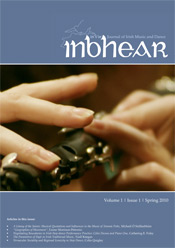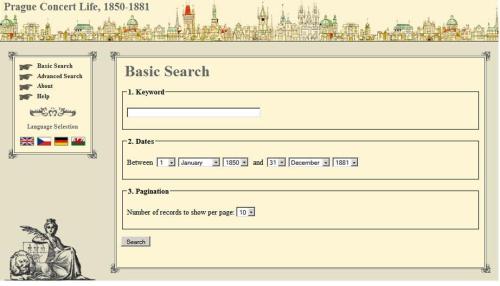The jurist Antonius deArena (fl. ca. 1520–50) wrote several lengthy poems, including Ad suos compagnones studiantes qui sunt de persona friantes bassas danzas de nova bragarditer, translated as “Rules of dancing” by John Guthrie and Marino Zorzi (Dance research: The journal of the Society for Dance Research, vol. 4, no. 1 [autumn 1986], pp. 3–53). This treatise describes the basse danse and other French social dances of the period in considerable detail, interspersing the technical information with colorful and humorous advice regarding etiquette and deportment.
“I exhort you all to learn the dances in which you may bestow prolonged kisses” he suggests, “there is no employment more delightful for you, nor for me.” He further admonishes “never doze during the ball, please, my good companion; sleeping during the dance is like denying God.”
Finally, he counsels “afterwards remember to give drinks to everyone and then the genial wine, my friend, will assume its sway, since Ovid sings that the poor wretch becomes a cuckold as soon as the wine flows at the banquets.”
Related article: Basse danse with attitude II












